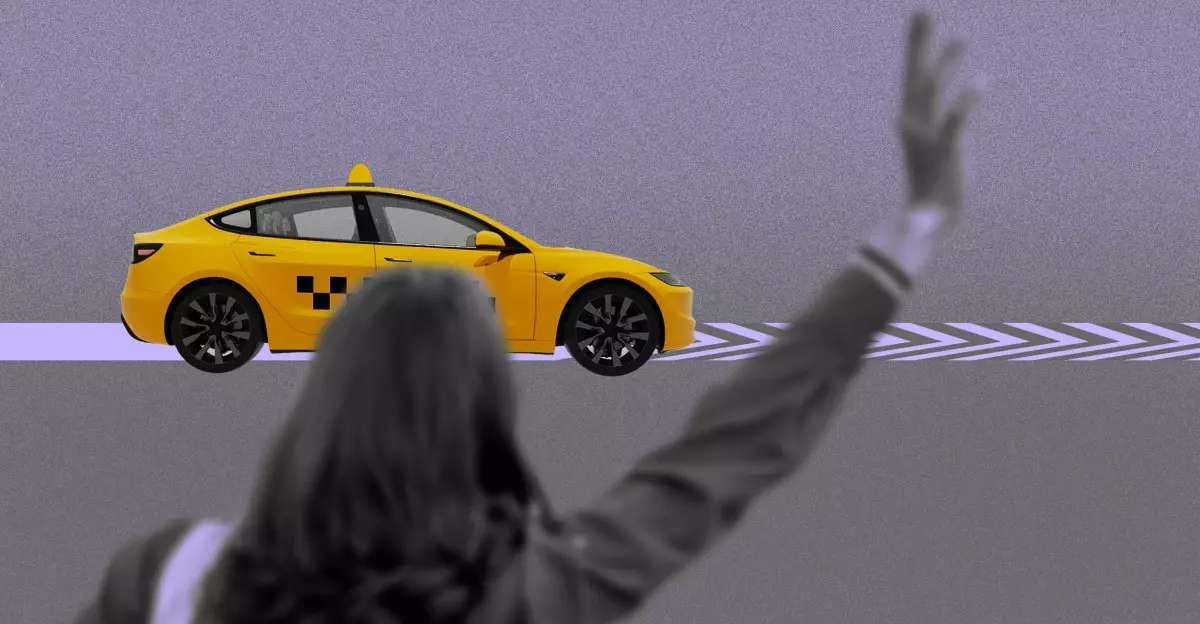Tesla’s recent robotaxi launch in Austin, Texas, marked a critical moment not just for the company but for how tech firms engage with media and public perception. Unlike the bold, high-profile events Tesla is known for, this rollout was notably subdued, gated by selective access, and dominated by a close-knit network of fervent Tesla evangelists. Traditional journalists, who might bring critical scrutiny, were either barred or met with overt hostility—a deliberate move that reveals a strategic, if controversial, approach to shaping the story.
This strategy appears to be a continuation of Tesla’s broader media philosophy under Elon Musk’s leadership: sideline skeptical voices and empower loyal influencers to amplify a positive image. The company’s PR team was unofficially disbanded in 2020, and its relationship with the press has been combative ever since. The acquisition of Twitter (now X) by Musk further altered the media landscape, tilting the balance toward fan communities who aggressively defend Tesla and attack critics. This insular ecosystem transforms events like the robotaxi launch into beta tests cloaked as media spectacles—fueling hype without meaningful transparency.
Influencer-Driven Echo Chambers
The media coverage of the robotaxi rollout, dominated by Tesla superfans and social media influencers, highlights the evolution of what might be called “corporate propaganda” in the digital age. Instead of relying on independent journalists known for scrutiny and accountability, Tesla leverages influencers with large, trusting followings who can “control their own narrative.” One prominent example is YouTuber Kim Java, who declined mainstream media interviews to maintain her message. Across platforms like X and YouTube, the repeated slogan “we are the media now” encapsulates how Tesla’s fanbase has effectively supplanted traditional media gatekeepers.
While this approach guarantees favorable coverage, it comes at the cost of critical examination. Expert observers like Boston University’s Joan Donovan and author Ed Niedermeyer warn that such closed-loop communication creates an echo chamber effect, muffling dissent and amplifying Tesla’s carefully engineered messaging. Niedermeyer’s observation of influencer behavior as a “Greek chorus” underscores the orchestrated nature of this support—less spontaneous fandom, more communal endorsement guided by corporate interests.
The Fine Line Between Enthusiasm and Propaganda
The tension between authentic enthusiasm and strategic advocacy is central to understanding Tesla’s online culture. Early Tesla adopters were genuinely attracted to the company’s daring vision and its potential for technological innovation. However, as underwhelming demonstrations (such as last year’s “We robot” event) have increasingly raised questions about Tesla’s autonomous driving claims, only the most loyal fans have remained staunch defenders.
Loyalty is rewarded in tangible ways within Tesla’s ecosystem. Owners and influencers often share referral codes that unlock perks, exclusive event invites, and even financial incentives tied to Tesla’s stock value. However, this blurring of support and promotional activity can suppress critical voices, as some owners report being removed from referral programs after expressing dissent. This mechanism encourages a form of gatekeeping where criticism is both socially and economically discouraged.
Implications for Tesla’s Future and Industry Transparency
Tesla’s media strategy, while effective in generating buzz and rallying supporters, carries substantial risks—particularly if the robotaxi concept is to achieve mainstream adoption. Operating primarily within an echo chamber of superfans and influencers may sustain excitement in the short term, but true viability demands broader, more diverse public exposure and critical evaluation.
Future success depends on whether Tesla can transcend its insular publicity bubble and address legitimate concerns about safety, functionality, and regulatory compliance. The ambivalence already emerging among influencers, who struggle to defend every flaw, signals potential cracks in this strategy. To build widespread trust, Tesla must navigate a complex landscape where openness and accountability are non-negotiable.
Meanwhile, this case study offers a cautionary tale for other tech companies: cultivating loyal online communities is powerful, but it should not replace transparent engagement with independent media and critical stakeholders. Truth and progress often require discomfort and debate, not just curated narratives.
The Broader Context of Modern Tech Storytelling
Tesla’s robotaxi launch exemplifies a broader shift in how technology companies handle communications in the social media era. The rise of influencer culture enables corporations to bypass traditional journalism and connect directly with consumers through passionate advocates. However, as this model matures, the line separating authentic fan advocacy and orchestrated marketing becomes increasingly blurred.
For consumers and observers, distinguishing between genuine insight and PR-driven enthusiasm demands vigilance. This evolving dynamic places new responsibilities on media literacy and critical thinking in an age where “we are the media now” is both a rallying cry and a potential pitfall. Tesla’s story is not just about autonomous cars; it is a microcosm of how tech narratives are made, shaped, and contested in the 21st century.

